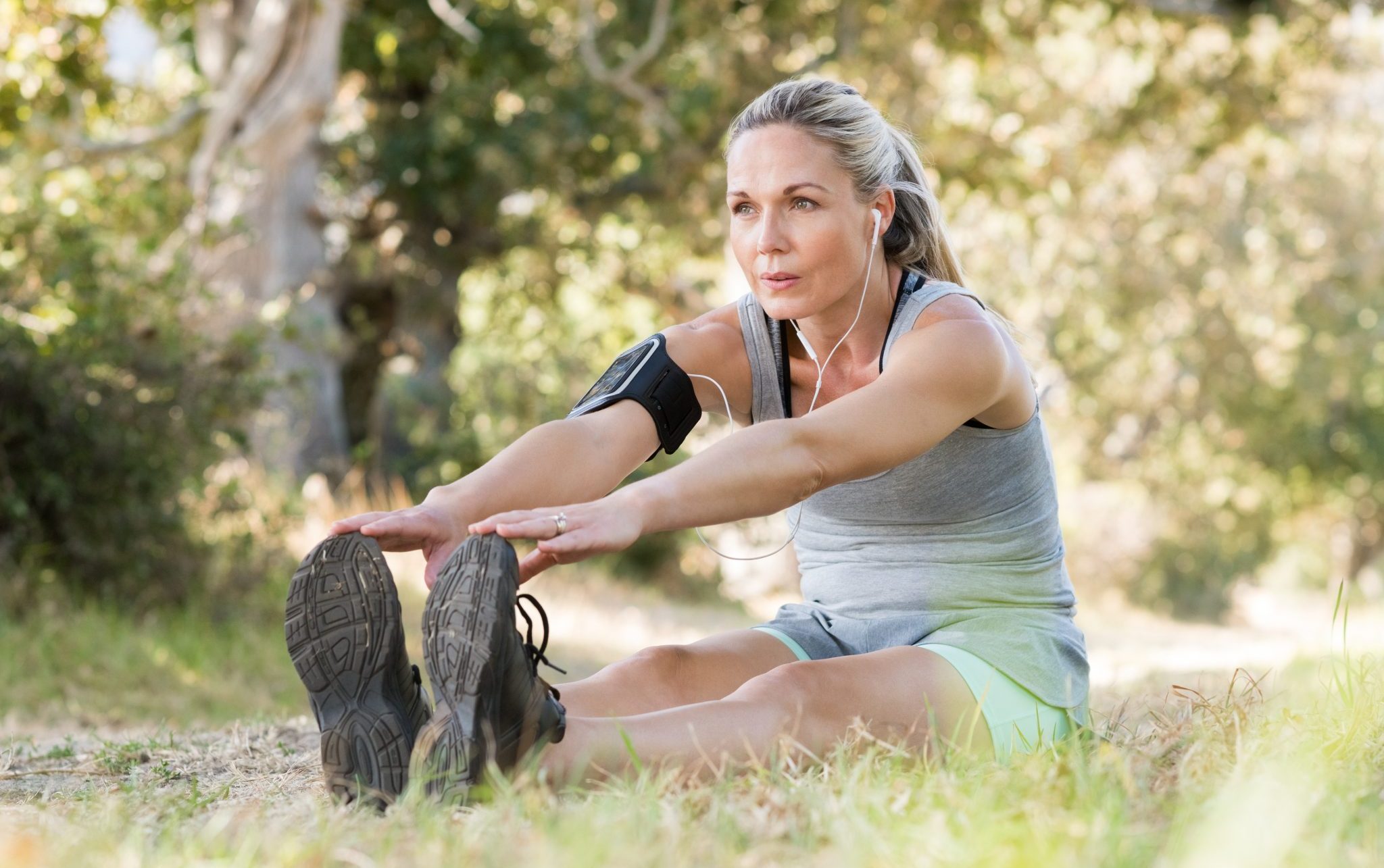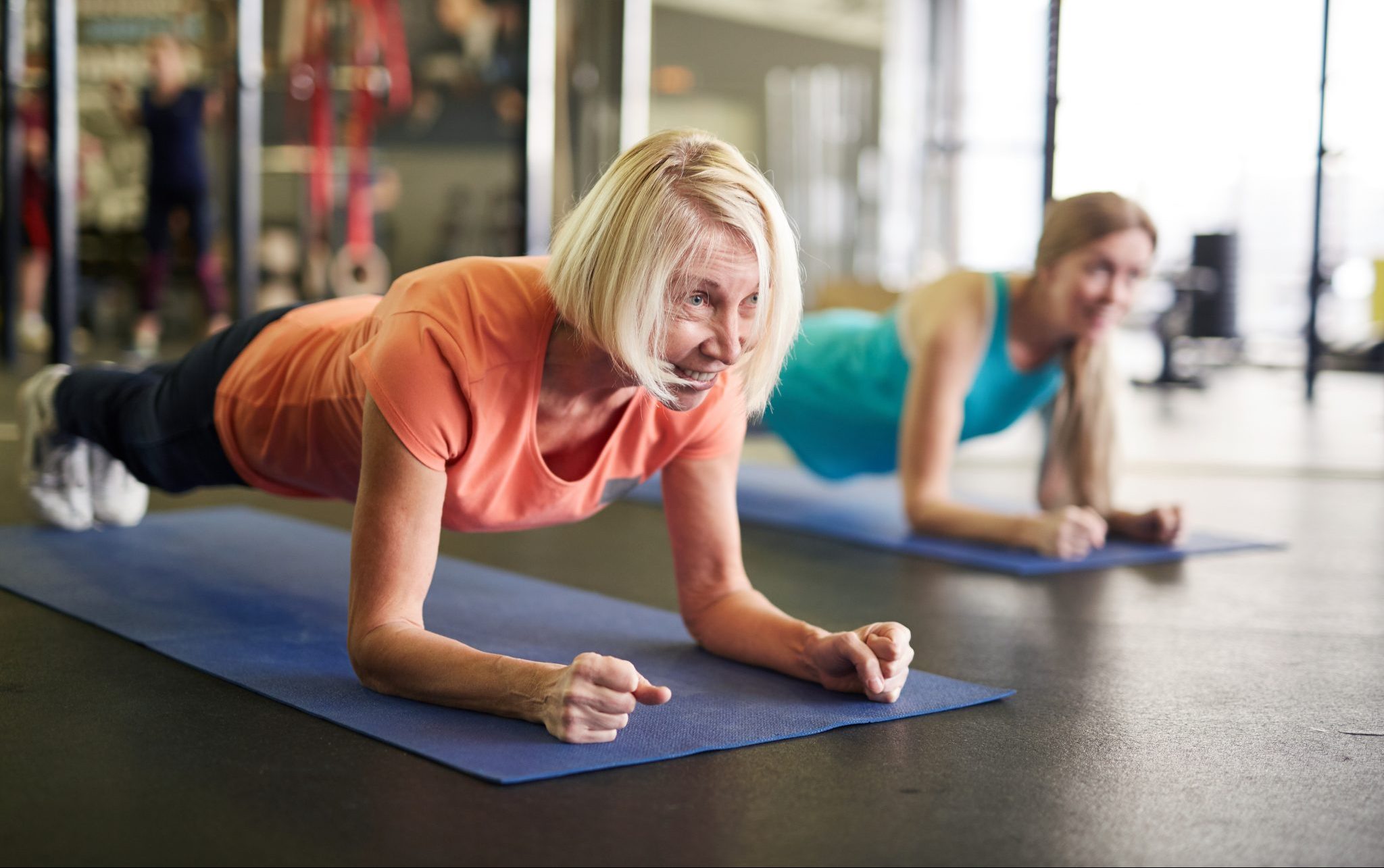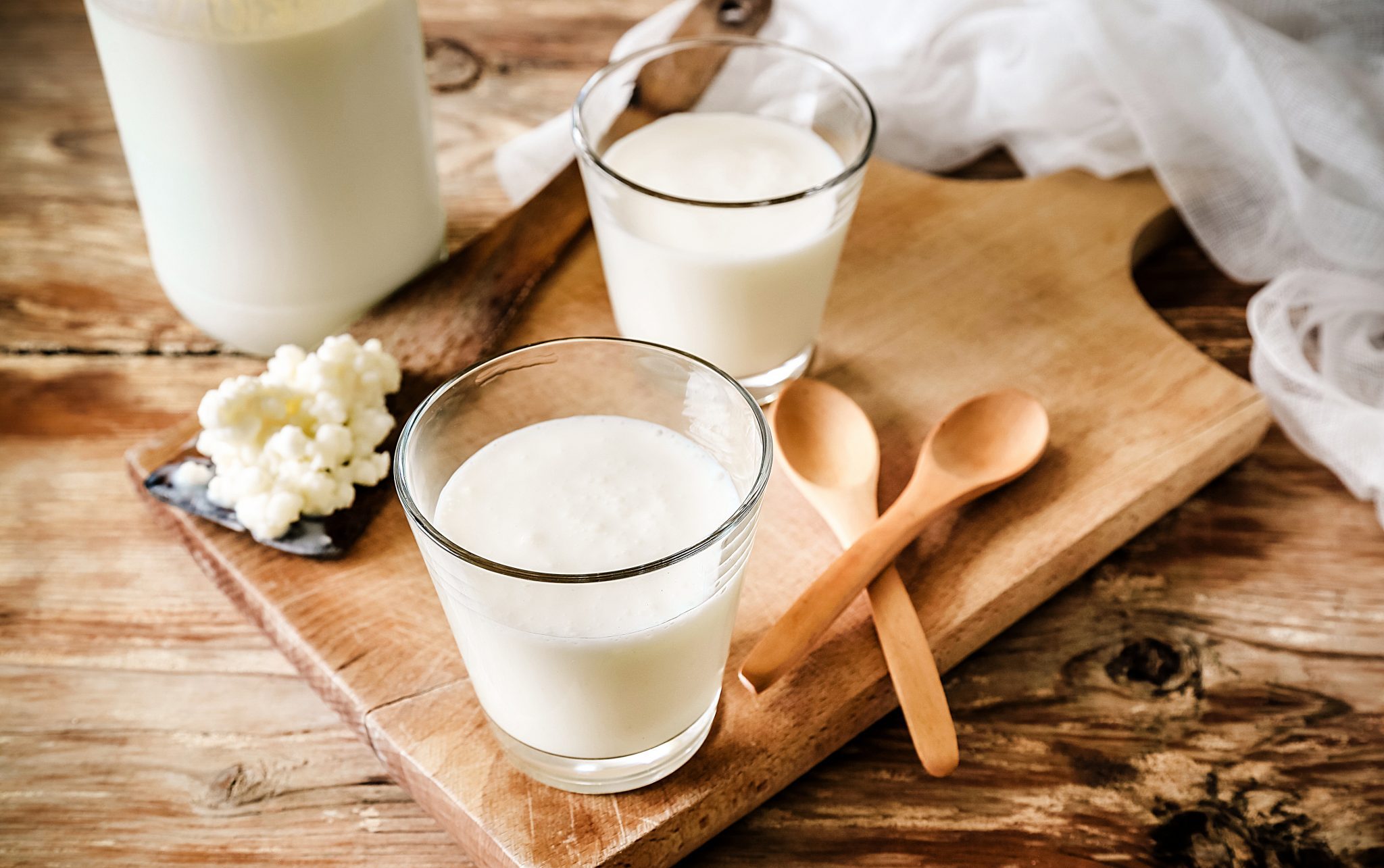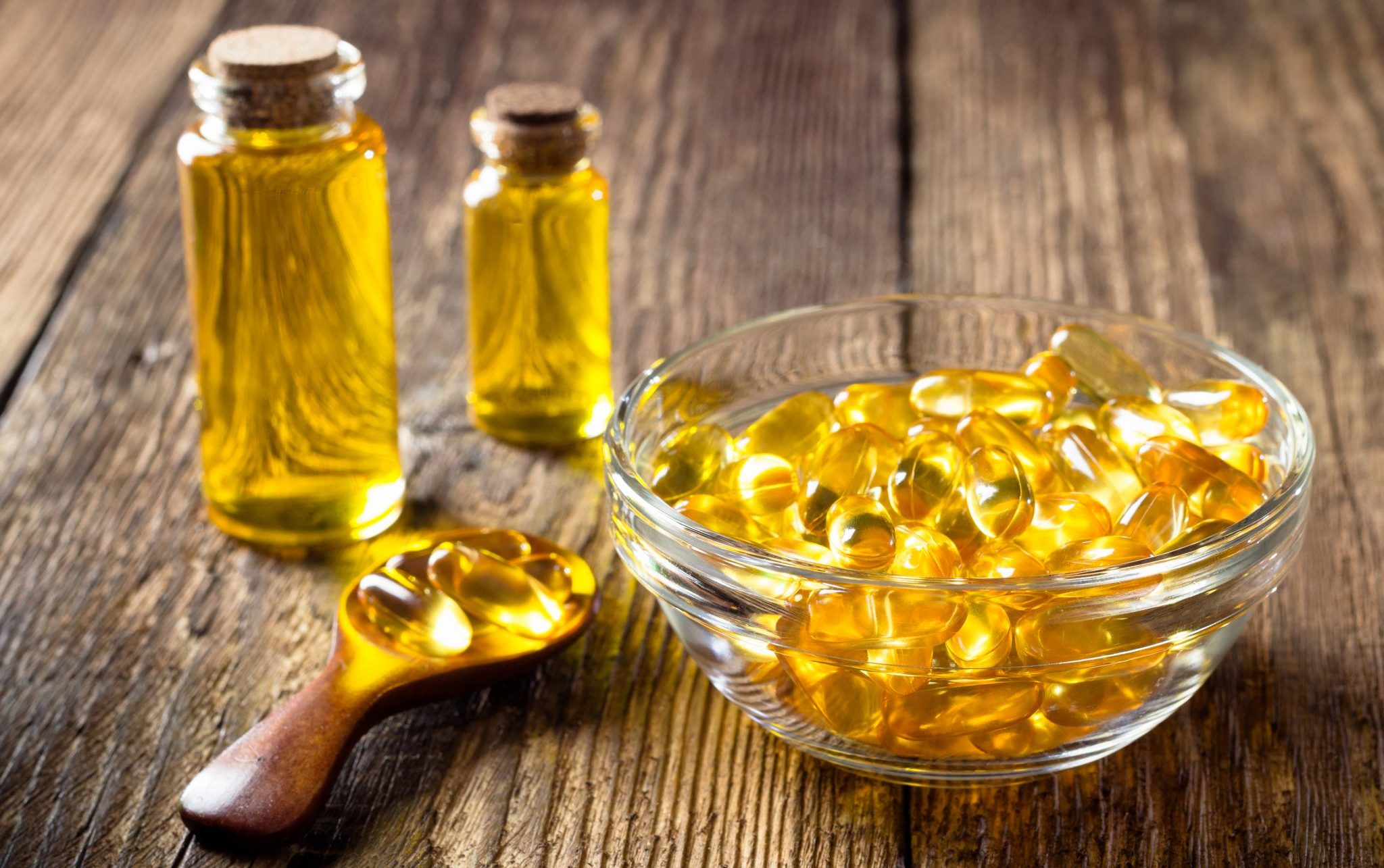Age is only a number; you are as young as you feel. That “elderly” status should only be used when seeking a discount to the cinema, in the shop, and other similar establishments. But that “feeling” part is imperative. During our youth, our muscles develop and grow rapidly. However, at a certain point, that all turns around and we start to lose muscle mass and tone. And this contributes to the quality of our life experience. While muscle loss with age is a natural process, that doesn’t mean there isn’t something you can do about it, and it all begins right now – no matter the age on your passport.
Keep reading to discover how muscle degeneration happens with age and the precise steps you can take to reduce it and keep your vitality for longer.
Muscle loss through the ages
This is the life of your muscular system, join us on our journey through your life as we discover, “At what age does muscle mass and strength begin to decrease?” and what happens at each milestone.
The early years 0-30
Your life is just beginning, and with each day, your body is growing and developing, gaining in strength and tone. In early childhood, you have tons of energy and time to run around working those muscles, even if you don’t know it.
In your 20s, those late nights, hard work, and a few too many takeaways – after all those long days at the office/university, who can blame you – can begin to affect your health, though you may not see it yet. We know it's a challenge to find the time (and energy), but the moment for taking your health and well-being into your hands is here.
Your muscle loss after 30
The big 3-0! Your career is finally taking off, you’re perhaps thinking of settling down, but there’s one little twist you didn’t expect – muscle degeneration with age begins as early as 30. With decreases of 3-5% each decade, depending on activity level, your 30s are a crucial age for prepping your body to reduce the effects of old age muscle loss.
Your 30s are an excellent time to get into the habit of good health and well-being. That could mean doing meal prep at the start of the week, sneaking in a little exercise into your everyday schedule, for example, taking the stairs, walking one extra bus stop, or parking a little further from the shop. Every little bit counts towards your overall fitness and keeping those muscles in check.
Your muscle loss after 40
Just as your life is becoming settled; fewer career worries and more stability, it’s just as likely that your muscles will continue to decline in tone and volume – that 3-5% per decade we talked about. Your metabolism is also experiencing a slight slowdown, and you might have started developing that classic “dad” or “mom bod” with a little extra lining around the middle.
While fitness might seem more like a challenge and you might be inclined to think, “well, it’s too late now” – DON’T! Making dietary and exercise changes in your 40s can boost your health for decades to come – forget that it’s just my metabolism copout.
Your muscle loss after 50
By your fifties, your life may seem pretty settled – the house, the kids, the nice car – however, behind the scenes, your body is going through some changes. Your muscles, unless you’re actively doing something about it, are decreasing in mass.
If you’re a woman, it’s likely you’ve already entered menopause, and these hormonal changes can also affect muscular tone. To boot, women have a harder time storing protein in their bodies than men, creating an additional challenge. This lessening of muscle mass can also be why it’s harder to shift those extra pounds as you age.
While it might seem like a vicious cycle, you can change things even now.
Your muscle loss after 60 and into your 70s+
Scientists suggest that sarcopenia accelerates as we hit those golden years after retirement, usually between 65 and even as late as 80. That lack of padding caused by muscular mass loss can also be one of the reasons, aside from osteoporosis of increased fractures.
However, just before you hang up that exercise kit just yet in favor of a good book and a comfy sofa, we’d like to remind you that getting older isn’t necessarily a reason to stop everything.
The rules of diet and fitness still apply, perhaps now even more so. So, that means to protect your body into old age you need to step up your game and make some changes.
Top Tips for Preventing Muscle Atrophy with Age
While keeping up a healthy lifestyle and diet are the tools to ensuring your tone, what exactly does this mean for you and your daily routine (yes, daily). let’s find out.
1. Move it or lose it
This is especially true if you have an office job or a sedentary lifestyle. Keeping on the go, helps you protect your body against several health risks, including type 2 diabetes, heart disease, and some kinds of cancer. It also promotes the development and maintenance of muscle tissue, essential to reducing the onset of sarcopenia.
Current recommendations say that you should aim for around 150 minutes of moderate physical activity per week (approximately 22 minutes per day), such as walking, hiking, training, running, etc.
However, even if you don’t have time to hit the gym each morning, adding a little movement to your daily schedule never hurt anyone. For example, you can:
- Take the stairs instead of the elevator
- Park your car further from the office or shop
- Walk or take your bike to work
- Start your morning with a little yoga stretching
- Go for a refreshing lunchtime walk
- Play outdoor games with the kids
2. This is the resistance
And by that we mean it’s time to do some resistance training. By including weightlifting, pulling and other resistance activities into your routine you can hack your muscles and improve their tone.
This type of activity triggers the grow and repair characteristics of your body, allowing you to engage and decrease the likelihood or early loss.
You can try:
- Lifting low/medium-weight weights for lots of reps, frequently
- Deadlifts with heavier weights
- Planking (you can ever do our 30-day challenge)
- Squats
- Pushups
3. Protein, protein, protein
Your body needs protein to build and repair those fibers and keep you healthy. An insufficient amount can lead to deficiency meaning your body will reduce lean muscle mass, and lose strength, in order to maintain its vital functions.
As you get older, your need for protein increases, meaning you require just a little extra to maintain your muscles in tip-top shape.
While eating meat, fish and eggs are always a solid source of the essential nutrient, even if your vegan or vegetarian, you can easily boost your intake each day.
4. Go Omega (3, that is)
Found in seafood and supplements, Omega 3 fatty acids are a great addition to your toning arsenal. It’s said that the nutrient increases muscle protein synthesis helping to build new muscle tissue and maintain the current one.
This means adding Omega 3 to your daily reserve could aid you in reducing sarcopenia. And are especially vital if your amount of movement has diminished.
5. Enjoy the sunshine
Heading off on holiday can do more than relax your mind, it can boost your body too…as long as it’s somewhere sunny.
Vitamin D, gained from sunlight, supplements, and some foods, can decrease the likelihood of sarcopenia. Scientists aren’t quite sure why this is just yet but have linked a Vitamin D deficiency to muscle wastage. So, make sure you get the recommended daily amount in your diet.
Note: Above we’ve added the natural ways to take action against the effects of sarcopenia, however, in some circumstances you doctor may choose to prescribe you additional medication to help protect your muscle tone, such as Urocortin II, a stimulant of the adrenocorticotropic hormone, or Hormone Replacement Therapy (HRT). If you believe your loss isn’t age-related, you may also consider consulting a doctor and checking your blood to make sure another factor isn’t at play.
Sarcopenia round-up
Muscle loss might be an inevitable element of getting old; however, to what degree this happens depends largely on you. Getting your activity levels, exercise routine, and diet in check early can help prevent additional loss and protect you in the future. But, remember, it is never too late and even if you decide to start your fitness routine in your 60s or 70s, you will not only bring yourself some gains but additional vitality.













